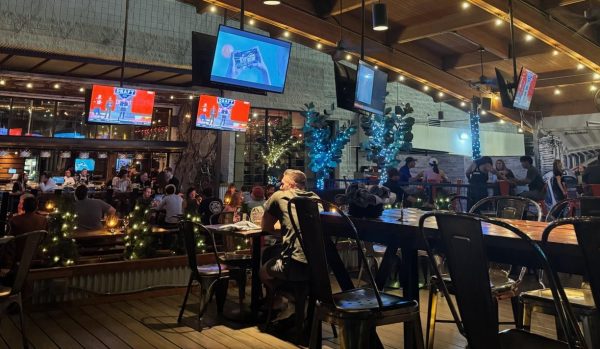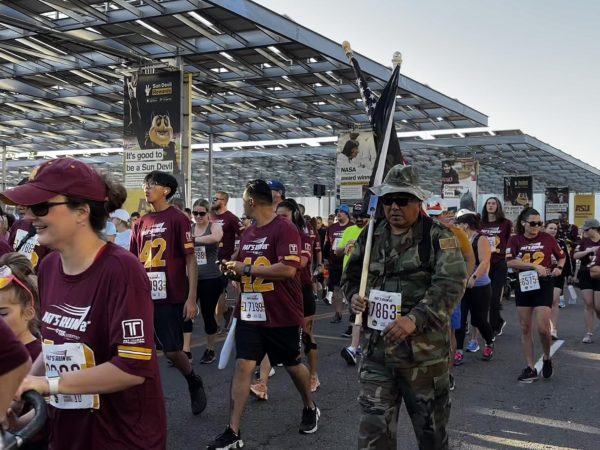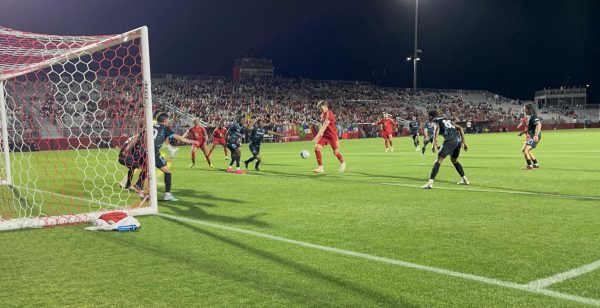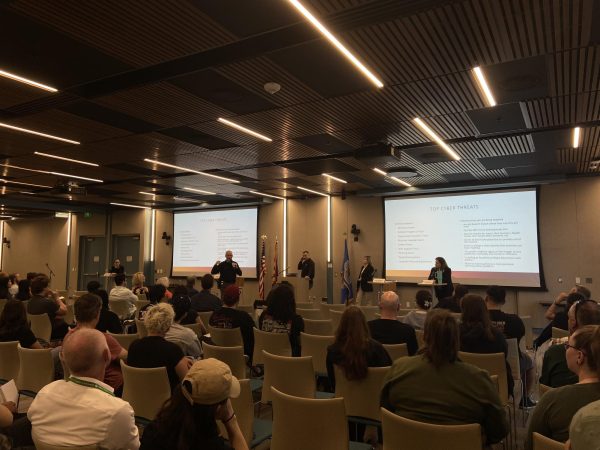Monsoon season hit Valley this week: remains unpredictable
debris blocking a bike trail
July 30, 2019
The Valley’s yearly “monsoon season” finally debuted Monday night, when a storm system, with wind, lightning and scattered rain, swept across parts of the Phoenix area.
Rainfall amounts varied widely, according to the National Weather Service, with many areas reporting just a few tenths of an inch. Several areas reported rainfall amounts of .5 inches or more. One weather station, north of Mc Dowell road and just west of Val Vista, in Mesa, reported 1.14 inches of rain.
Two days later many valley residents found a much weaker cell releasing gentle, scattered showers across many parts of the metro area.
The National Weather Service reported a little over .5 inches near Queen Creek, southeast of Mesa, but most areas received less than .25 inches of rain.
According to NWS records, from the end of March until these two recent rain events for the Phoenix area has received less than .25 inches of precipitation.
Since 2009, NWS statistics show that July, August and September are typically some of the wettest months of the year, averaging .84, 1.03 and .78 inches of rain respectively. During that same timeframe, annual rainfall amounts averaged just under seven inches in the Phoenix area.
Typically, summer monsoon storms build up during the afternoon hours and release energy in the form of high winds, frequent lightning and sometimes torrential rainfall.
Kelly Corsette, Communications and Public Affairs Director, for the city of Scottsdale, published an article on the city’s website reminding residents of the dangers of these summer storms and locations where concerned citizens can get sandbags, in case of flooding.
Flooding is a particularly common result of even moderate amounts of rain in the Phoenix area because most surfaces are paved or have very high surface tension, which means water will not absorb into the ground readily.
“During heavy rains, the safest strategy is to stay in place – remain in your home or place of business. Don’t travel unless you have to. Obey all signs and avoid low-lying areas. Do not cross running water,” Corsette said.
In addition to those important tips, Northeast Valley News reminds readers to also follow lightning safety protocols and to be particular careful to avoid flying debris.
Regular household object, even building materials from construction sites, falling limbs or trees can cause serious injury to anyone out in a summer storm. Arizona residents can stay informed through the Emergency Information Network in order to keep up with the news regarding monsoon activity and ways to keep safe.













